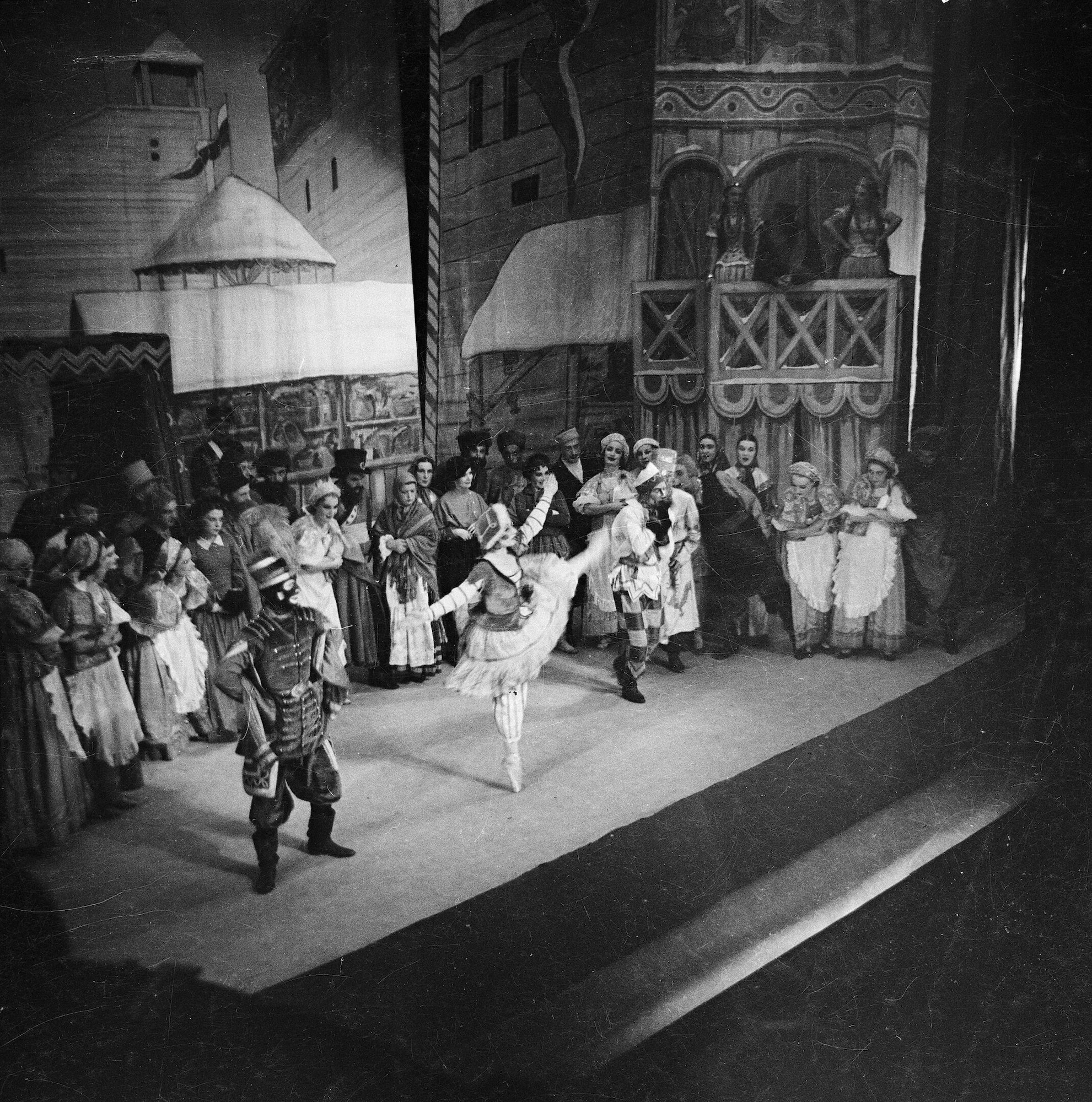people » Igor Stravinsky
Igor Stravinsky (1882-1971). Russian composer
Igor Stravinsky was one of the most important composers of the 20th Century. His name was inextricably linked with Serge Diaghilev’s Ballets Russes, for whom he composed some of his most notable and revolutionary works, starting with The Firebird in 1910. This was followed for Diaghilev by Petrushka, The Rite of Spring and Le Rossignol, Pulcinella, Les Noces and Apollo. Born into a musical family from St Petersburg, Stravinsky originally decided to study law. However, when Stravinsky’s father died in 1902, the composer Nicolai Rimsky-Korsakov became a kind of father figure and tutored Igor because he was too old to join the St Petersburg Conservatory of Music.
In 1908, Diaghilev was so impressed by a concert of Stravinsky’s music, which included Fireworks, he decided that Stravinsky was essential for his future plans. Enlisted at first to arrange music for the Ballets Russes’ opening season in Paris in 1909, it was The Firebird, composed in nine months in 1910 that set Stravinsky’s path. Here, Stravinsky met the challenge of transforming everything in the ballet – characterisation, narrative and colour – into musical terms, and in doing so, transformed orchestral and musical language. This was also to be seen later in his Petrushka (1911) and especially The Rite of Spring (1913). Rhythmically barbaric to the ears of the Paris audience, a riot erupted amongst part of the audience at the first performance of Rite. This was a new voice in music, and the history of music was henceforth transformed.
Between 1914 and 1920 Stravinsky lived in Switzerland, and in the 1920s and 1930s mainly in France, but from 1939 he was based in the United States of America. By the end of the World War One, Stravinsky was a prolific and influential composer outside the world of ballet, even though he continued to work with Diaghilev during the 1920s. Particularly notable was his score for Les Noces, a spare and moving evocation of a primitive Russian peasant wedding. Written in 1917, but not performed until 1923 with choreography by Bronislava Nijinska, Les Noces made Diaghilev weep on first hearing.
Stravinsky continued to innovate and develop musically until his death in New York in 1971. Over his lifetime, the composer did not forsake ballet. He had a long and fruitful collaboration with his fellow Russian exile, George Balanchine, who created many of his greatest ballets using Stravinsky’s music.

